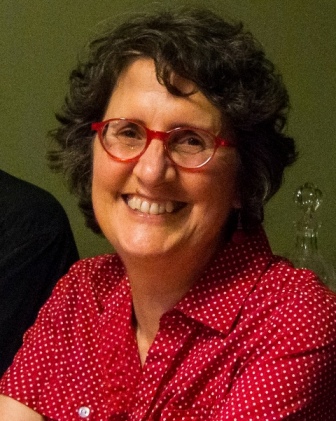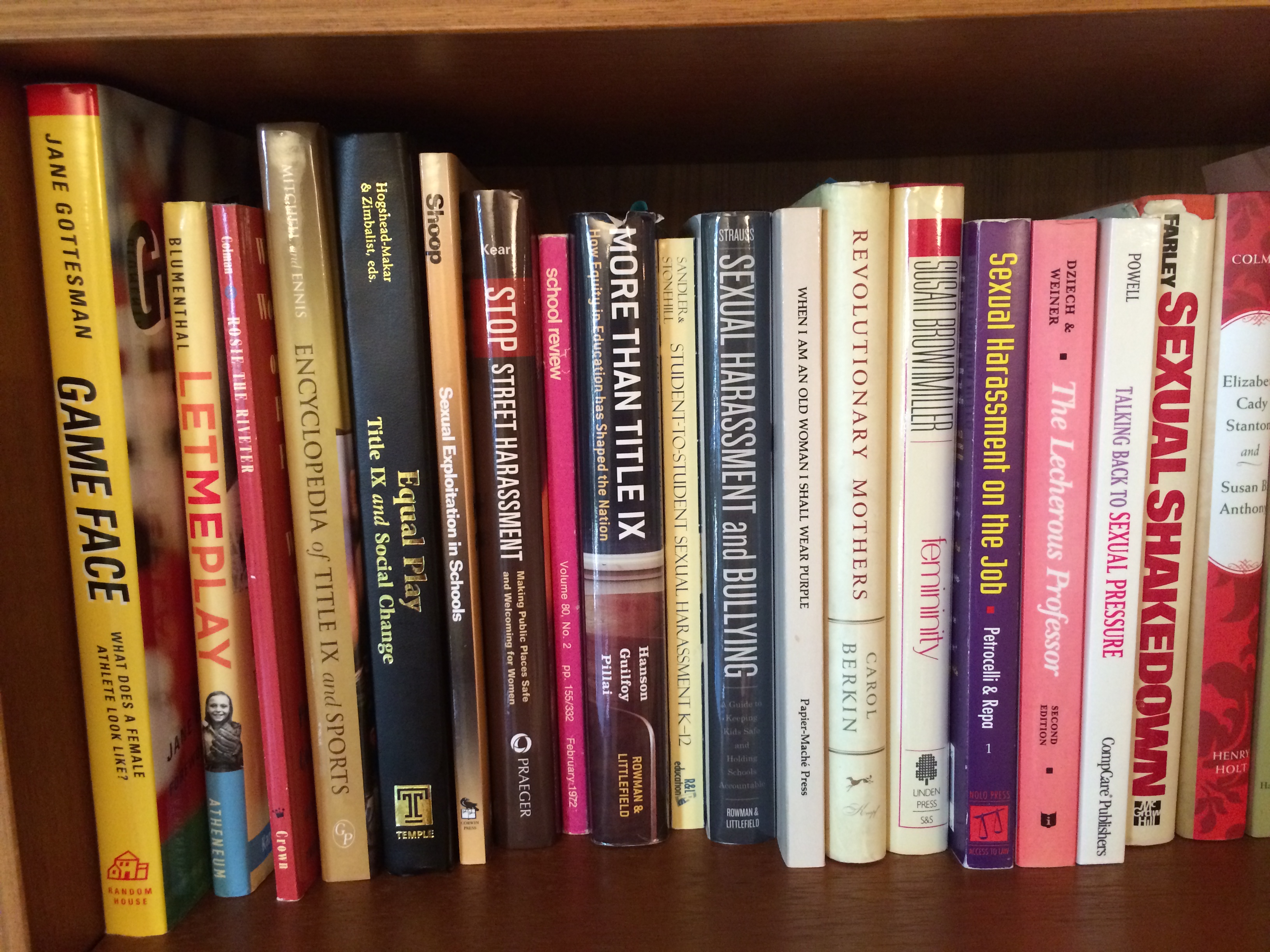Women got Ford to fund Title IX


A good idea doesn’t go very far, very fast without financing. In the early years of Title IX, key funds came through a new cohort of women hired or promoted by the Ford Foundation.
Uppity women on the Foundation’s staff pressured senior management in the early 1970s to diversify its white-male bastion of decision-makers and to direct more of its funding to issues pertinent to women and people of color. The same process was happening in all parts of society thanks to civil rights movements and the second-wave women’s movement. Ford’s response included giving Terry Saario and Mariam Chamberlain the power in 1972 to distribute millions of dollars to help eliminate sex discrimination in education. (Saario focused on elementary and secondary education; Chamberlain covered higher education.) By the end of 1978, they’d steered $9 million in Ford funds to the cause — the equivalent of nearly $33 million today.
Saario became “the mother of us all,” says Holly Knox. Knox received an unexpected visit from Saario that gave her the courage in 1974 to leave her cushy government job and start a non-profit organization promoting Title IX in elementary and secondary education. Funded, of course, by the Ford Foundation.
Saario “worked to put together a constellation of women’s rights projects,” Knox says. “She had the vision to do that — she was actively looking for projects like that to fund, and got several of us started.” Ford gave Saario and Chamberlain remarkable degrees of independence and autonomy, allowing them to be more proactive than reactive and to go out and find the grantees, the people who would do the work. Saario brought her grantees together about once a year “so they could learn what each of them was doing and build on each other’s efforts,” she said. The connections, synergies, and ideas that resulted fertilized this patch of the women’s movement for explosive growth.
“Those were heady days,” Saario says. With assets of $3.8 billion, Ford was the largest foundation in the late 20th century, and its attention to women’s issues provided not just money but visibility and legitimacy, Susan M. Hartmann says in her book The Other Feminists: Activists in the Liberal Establishment (Yale University Press 1998).
The roots of Saario’s feminism ran deep, though the word was new at the time. She remembers going to her father with an epiphany at age 7 on their cotton and pecan ranch in southeast New Mexico, where everyone’s labor mattered, regardless of gender. “Daddy,” she said, “I just realized something.”
“What’s that?”
“I’m supposed to grow up, get married, have babies, grow old, and die.”
“So?”
“I don’t want to do that,” she said.
“What do you want to do?”
“I don’t know, but I don’t want to do that.”
“Terry you can do whatever you want to do when you grow up,” he told her. Saario went on to become one of the few women allowed to earn a Ph.D. degree, in education, and often was the “first” woman in the jobs and activities she pursued. She used her power at the Ford Foundation to make all of education accessible and welcoming to all girls, so that they too could do what they want.
The list of women and organizations that interacted with Ford and received funding through Saario and Chamberlain reads like a who’s-who of Title IX history.
In 1971, even before Title IX’s passage, Chamberlain invited academic feminists including Bernice Sandler to share their views on feminist issues in higher education with 13 female Ford staff members and Ford Foundation President McGeorge Bundy. Sandler had filed hundreds of federal complaints about sex discrimination in education through the Women’s Equity Action League (WEAL), building momentum that led to Title IX’s passage in 1972. Chamberlain helped by making photocopies (a rare resource) of Sandler’s first complaint for distribution by WEAL in 1970, and later served on WEAL’s board of directors.
Sandler became head of the Project on the Status and Education of Women at the Association of American Colleges (AAC) in September 1971, where she, Margaret Dunkle, Francelia Gleaves, and other staff spread Title IX throughout academia with the help of three Ford grants totaling $181,000 by 1978. “Mariam Chamberlain — with her mild manner and strong mind — was the higher education angel for women and girls,” Dunkle says. (Ironically, both Chamberlain and Sandler ended up being fired and claimed age discrimination by the Ford Foundation and AAC, respectively. Both won sizable settlements.)
Ford money and Saario’s encouragement led Holly Knox to found the Project on Equal Education Rights (PEER) of the NOW Legal Defense and Education Fund in 1974. Ford supported it with four grants totaling $676,000 by 1977, spreading Title IX throughout elementary and secondary education. Ford also gave two grants in the mid-1970s totaling $260,000 for women’s issues to the Lawyers’ Committee for Civil Rights Under Law, where Cindy Brown served before returning to the U.S. Office for Civil Rights to play a key role in Title IX.
At least three grants totaling $570,000 by 1978 went to the Center for Law and Social Policy, where Marcia Greenberger led the first law team focused on national women’s issues, eventually branching off to become the National Women’s Law Center. Susan Beresford, who became a program officer in Ford’s National Affairs division in 1974, helped get the Center its very first grant. Greenberger’s team handled lawsuits for WEAL to compel the government to enforce Title IX. Ford helped pay for her services and those of individual women in other sex-discrimination lawsuits through at least two other grants to the WEAL Educational and Legal Defense Fund totaling $300,000 by 1978.
Saario and other change agents at Ford found the experience of working there life-transforming, so much so that many keep in touch through a network called the Life After Ford Foundation (LAFF) Society. Many of the women that Saario/Ford funded also recognize that the work they did was special, and keep in touch through informal networks.
Ford wasn’t the only philanthropic agency directing some funds toward Title IX-related projects, but it did the most at the time. Vivien Stewart, then director of children, youth, and education programs at Carnegie Corporation, generated grants to feminist organizations including PEER and the AAC’s Project on the Status and Education of Women. The Exxon Education Foundation also supported AAC’s Project. And there were others. But Harmann’s book quotes Mary Jean Tully, who was president of NOW’s Legal Defense and Education Fund in that era, as saying, “Among the giants, only the Ford Foundation has moved in all the appropriate ways to meet the needs of feminists.”
Saario credits her bosses — especially Harold (“Doc”) Howe II and Bundy — for their willingness to listen and to change Ford Foundation culture. A letter from Howe in 2000 to author Hartmann says her book was “more than kind” to the men leading the Ford Foundation. “What really happened there in the early 1970s was the creation of an informal school where the teachers were women on the staff and the students were the officers of the foundation. The teachers were adroit, diplomatic and determined about changing the organization of the foundation and its programs, and they brought it off. First they re-educated their bosses, and then they used the lessons learned to get money for what they wanted to do,” he wrote.
What Saario wanted to do was give girls equal educational opportunities. “Every year when the anniversary of Title IX comes around, I just feel so blessed to have been a little part of all that activity and all of that energy and all that focus,” Saario says, but “I was only there as the conduit for the money. The other people were there really doing the work.”












What a powerful and wonderful group of women and I love the way you brought this all together.